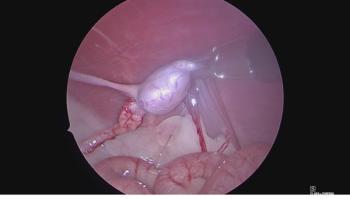
Key Features of Leptospirosis in Dogs
Many domestic and wild animals, especially rodents, serve as chronic, asymptomatic carriers of Leptospira, and excrete the bacteria in their urine.
Dogs are
In
In dogs with acute onset of kidney disease and azotemia, antemortem diagnosis is usually based on high antibody titers as detected by the microscopic agglutination test (MAT). Because MAT results may be negative in the first week of illness, clinicians should perform acute and convalescent phase antibody testing, two weeks apart. Polymerase chain reaction assays may also be used to assist in the diagnosis.
Although the optimal treatment for leptospirosis remains unknown, it is typically treated using antibiotics, as well as supportive care, as indicated (for kidney or liver injury, for example). According to the
Currently available vaccines are effective against leptospirosis and clinicians should educate owners about the benefits of vaccinating their dogs against leptospirosis, in particular in reducing both the risk of morbidity and mortality associated with infection, as well as the risk of disease transmission to humans. In dogs at risk for leptospirosis (many clinicians consider all dogs to be at risk if they go outdoors), experts recommend annual vaccination with vaccines containing all four leptospiral serovars (Grippotyphosa, Pomona, Canicola, and Icterohaemorrhagiae). Additional preventive measures include reducing exposure of dogs to possible sources of infection (such as standing water), and reducing contact with wild animals (such as rodents) and farm animals.
Dr. Parry graduated from the University of Liverpool, England in 1997 and is a board-certified veterinary pathologist. After 13 years working in academia, she founded Midwest Veterinary Pathology, LLC where she now works as a private consultant. She is passionate about veterinary education and serves on the Indiana Veterinary Medical Association’s Continuing Education Committee. She regularly writes continuing education articles for veterinary organizations and journals, and has also served on the American College of Veterinary Pathologists’ Examination Committee and Education Committee.
Newsletter
From exam room tips to practice management insights, get trusted veterinary news delivered straight to your inbox—subscribe to dvm360.




